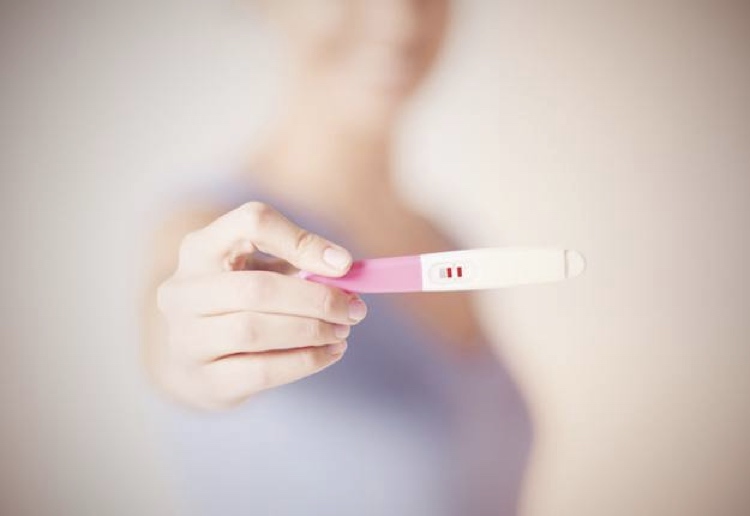Your pregnancy test is positive! Woohoo – congratulations! But you may be curious as to when you can expect your baby to arrive. A Due Date Calculator will give you a pretty good estimate as to when you can expect your baby to be born.
A due date calculator basically works out your EDD, or estimated date of delivery, which is the expected date when you should begin labour.
Keep in mind though that only 1 in 20 women deliver on their EDD so use this date as a guide. Most women would go into labour between two weeks before or after your due date.
You can use this Due Date Calculator below to help estimate how far along you are in your pregnancy.
Powered by PHP fertility calculator
If you have conceived via IVF or FET (Frozen Embryo Transfer), use this due date calculator here.
You can also calculate your due date manually using a number of different methods, instead of a due date calculator.
1. Due Date by Last Menstrual Period (LMP)
Your due date is determined by simply adding 280 days to the first day of your last period (LMP).
However, this method is not the most accurate as it assumes a regular 28-day cycle, which many women do not follow every month. Your cycle can differ from month to month so this method would not be perfectly accurate.
If you are trying to conceive, it’s a good idea to track your menstrual cycle so you can gain a better understanding of you cycle and know when your last period was.
2. Naegele’s Rule
This is the most popular method behind a due date calculator.
The following equation is used:
LMP + 280 days.
This rule assumes a regular menstrual cycle of 28 days, with ovulation occurring on the 14th day after the menstrual cycle starts.
However if you generally have a longer cycle, your EDD will be later. If you have a shorter cycle, your due date will most likely be earlier.
3. Mittendorf-Williams rule
The Mittendorf-Williams due date calculator is generally more accurate than Naegele’s Rule.
This rule is based on a study that showed that first-time mothers have a slightly longer pregnancy (288 days) and the non-first-time mothers’ date of delivery is approximately 283 days after their LMP.
The following equation is used:
For first-time mums: LMP – 3 months + 15 days
For subsequent pregnancies: LMP – 3 months + 10 days
This algorithm adds 8 more days to the due date for first-time moms and 3 additional days for the non-first-time moms, when compared to the Naegele’s rule.
4. Parikh’s rule
Parikh’s due date calculator is used to determine the EDD for pregnant women who have irregular cycles.
The expected date of delivery is calculated by adding 9 months to the LMP, then subtracting 21 days and adding the duration of previous cycles.
The following equation is used: (LMP + 9 months) – 21 days + the length of previous cycles
5.Wood’s rule
Wood’s due date calculator takes into account the length of the menstrual cycle as well as the number of pregnancies a woman has experienced.
The equation to use is:
1. First you calculate your EDD depending if you are a first-time mother or a non-first-time mum.
For first-time mums: (LMP + 1 year) – 2 months and 2 weeks = EDD
For non-first-time mums: (LMP + 1 year) – 2 months and 2.5 weeks = EDD
2. Then you use the already determined EDD in the equations below, depending on whether your cycle is longer or shorter than 28 days.
For cycles longer than 28 days: EDD + (actual length of cycle – 28 days) = final EDD
For cycles shorter than 28 days: EDD – (28 days – actual length of cycle) = final EDD
You can use a due date calculator to determine your pregnancy due date. However, probably the most accurate way to work out your due date is via an ultrasound.
What due date calculator did you use to work out your due date? Tell us in the comments below.























10:50 am
11:53 pm
11:28 am
10:37 pm
8:30 pm
4:37 am
8:36 pm
5:39 pm
2:25 pm
10:31 am
8:16 pm
1:07 pm
11:29 am
10:52 am
6:04 am
10:24 pm
9:39 pm
5:59 pm
4:20 pm
12:26 pm
- 1
- 2
- »
Post a commentTo post a review/comment please join us or login so we can allocate your points.